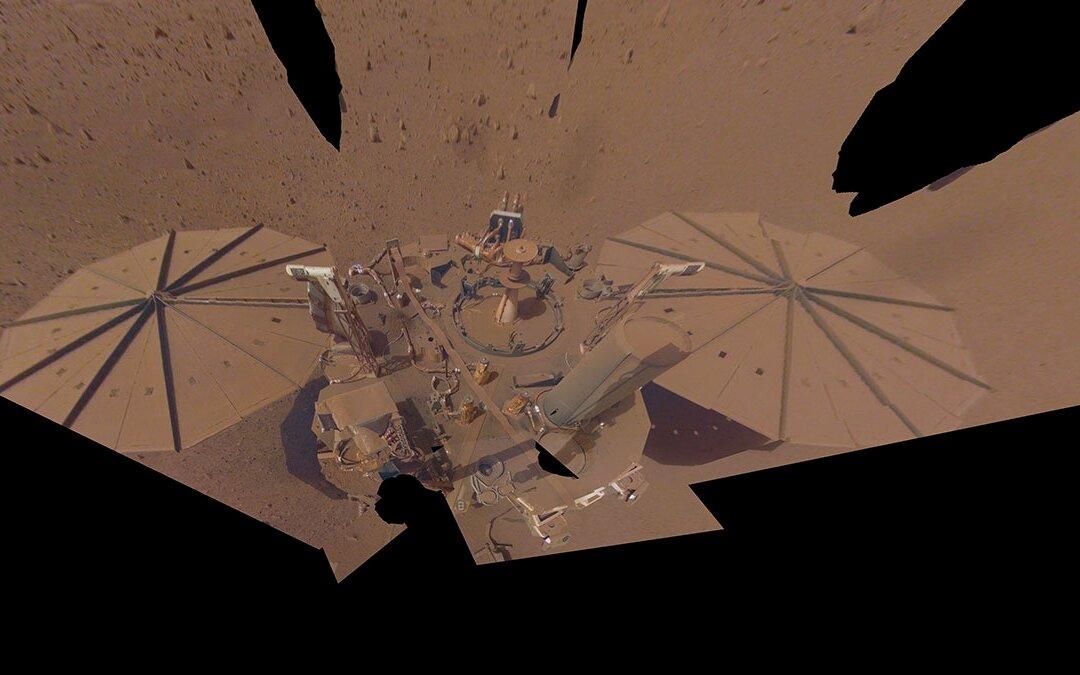Scientists suggest that liquid water may still exist on Mars, potentially concealed deep within the planet’s rocky outer crust.
The conclusion, published Aug. 12 in the journal Proceedings of the National Academy of Sciences, is based on a new analysis of data collected by NASA’s “InSight” lander. The three-legged, $814 million robot touched down at a plain just north of the red planet’s equator in 2018 and remained active for the next four Earth years, or two Martian years.





